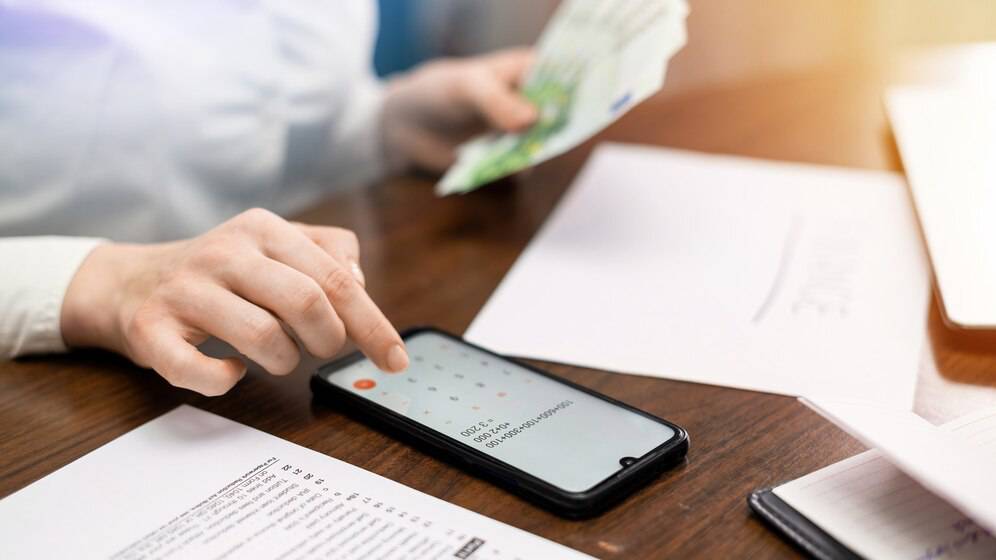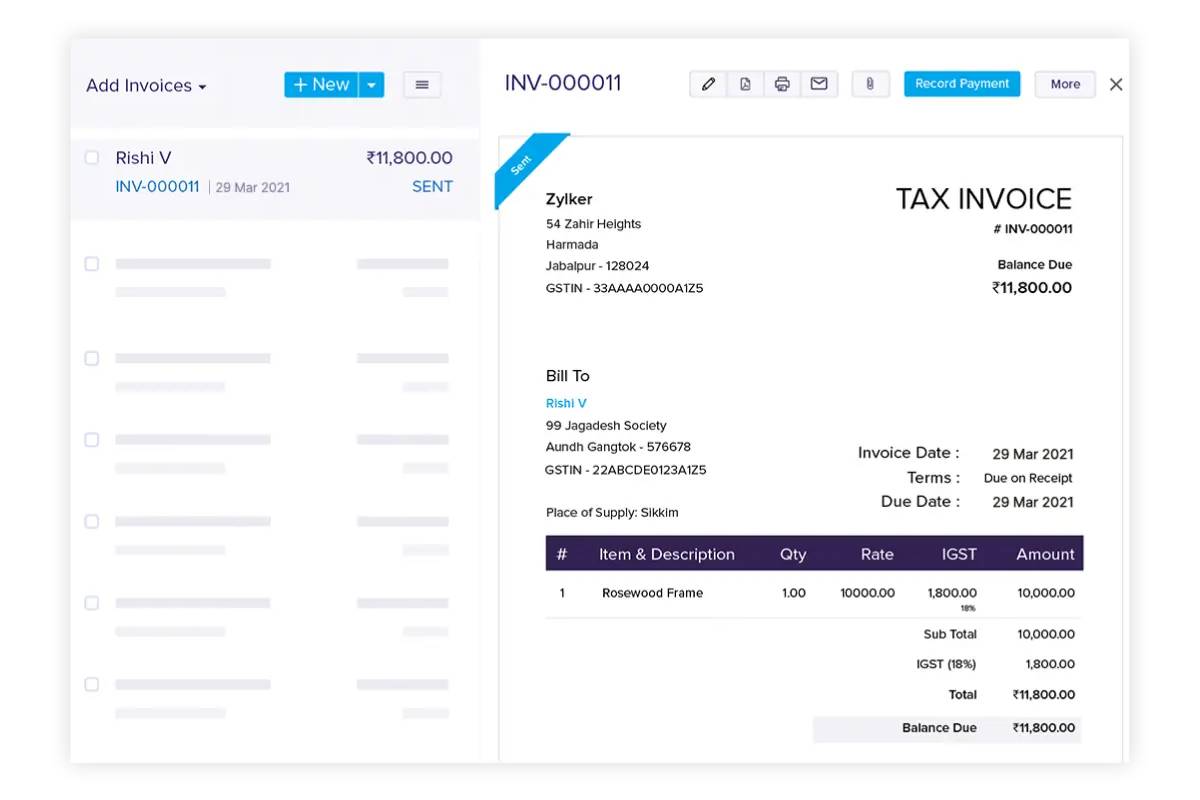
Calculating Your Estimated Tax Payments
You’ve landed new clients, wrapped up a big project, and invoiced for your best month yet. Life as a freelancer or sole trader is finally looking up—until tax season rolls around and hits you with a figure that makes your stomach drop.
Sound familiar? You’re not alone. One of the biggest challenges of self-employment is managing taxes, especially when you don’t have PAYE doing the work for you.
But here’s the thing: estimating your tax doesn’t have to feel like a guessing game. With a bit of know-how and some simple tools, you can forecast your tax bills accurately, stay ahead of HMRC deadlines, and build a more stable financial foundation for your business.
In this guide, we’ll demystify tax calculation, walk through how to estimate your freelance income taxes step-by-step, and introduce tools like a tax estimator to make your life easier.
Let’s get your numbers straight, so tax season never takes you by surprise again.
Why You Should Estimate Your Tax Ahead of Time
Avoid the January Panic
Leaving everything to the last minute isn’t just stressful—it’s financially risky.
You might:
- Under-save and scramble to pay
- Miss HMRC deadlines
- Incur interest or penalties
- Overlook deductible expenses
By estimating your taxes throughout the year, you’ll stay calm, compliant, and in control.
Create Smarter Budgets
Knowing how much you’ll owe lets you plan your:
- Monthly savings
- Business reinvestments
- Personal income (your take-home pay)
- Emergency or slow-season buffer
It’s not about paying more—it’s about preparing wisely.
Understanding Your Tax Obligations as a Freelancer

Before we dive into calculations, let’s clarify what you’re actually paying.
1. Income Tax
Everyone gets a Personal Allowance—the amount you can earn tax-free. For 2024/25, this is £12,570.
After that, your tax is tiered:
| Band | Taxable Income | Rate |
|---|---|---|
| Basic | £12,571–£50,270 | 20% |
| Higher | £50,271–£125,140 | 40% |
| Additional | Over £125,140 | 45% |
Note: The Personal Allowance reduces once your income exceeds £100,000.
2. National Insurance (Class 2 & Class 4)
- Class 2 NICs (2024/25): £3.45 per week if profits exceed £6,725
- Class 4 NICs:
- 9% on profits between £12,570 and £50,270
- 2% on profits over £50,270
3. Payments on Account (if applicable)
If your tax bill exceeds £1,000 and less than 80% is taxed at source, you’ll likely make advance payments toward the next tax year. This means you could owe 150% of your tax bill in the first year of success—plan for it!
How to Calculate Your Estimated Tax Step-by-Step
Let’s walk through a realistic example.
Freelancer Profile:
- Estimated freelance income: £42,000
- Business expenses: £4,000
- Profit: £38,000
Step 1: Calculate Your Profit
Gross income – allowable expenses = taxable profit
£42,000 – £4,000 = £38,000
This is your income that HMRC will tax.
Step 2: Subtract Your Personal Allowance
£38,000 – £12,570 = £25,430 This is your taxable income.
Step 3: Estimate Your Income Tax
£25,430 falls within the basic rate band (20%).
£25,430 x 20% = £5,086
Step 4: Calculate Class 2 NICs
Over £6,725 threshold = £3.45/week. There are 52 weeks in a tax year:
£3.45 x 52 = £179.40
Step 5: Calculate Class 4 NICs
£38,000 – £12,570 = £25,430 (taxable for Class 4)
£25,430 x 9% = £2,288.70
Step 6: Add It All Up
| Item | Amount |
|---|---|
| Income Tax | £5,086 |
| Class 2 NICs | £179.40 |
| Class 4 NICs | £2,288.70 |
| Total Estimated Tax | £7,554.10 |
Step 7: Add Payments on Account (If First Year Over £1k)
You’ll pay:
- £7,554.10 (by January 31)
- £3,777.05 (first payment on account for next year, 50%)
- £3,777.05 (second payment on account by July 31)
Total due by 31 January: £11,331.15 Second payment due by 31 July: £3,777.05
Budgeting Tips for Estimated Taxes

1. Save a Fixed Percentage Each Time You Get Paid
A good rule of thumb:
- 25–30% of gross income if you’re a basic-rate taxpayer
- 35–40% if you’re entering higher-rate territory
Use a separate savings account titled “Tax” to avoid spending it.
2. Use Accounting Software
Tools like FreeAgent, QuickBooks, or Xero link to your bank and:
- Track expenses
- Auto-calculate tax liabilities
- Show what’s due and when
Bonus: Some are free with UK business bank accounts (e.g., Mettle + FreeAgent).
3. Review Quarterly
Income varies—so should your tax plan. Review your finances every quarter and adjust your estimated tax accordingly. Don’t rely on last year’s numbers if this year looks different.
Real-Life Story: Maria the Online Tutor
Maria went full-time self-employed in 2023, earning £45,000 in her first year. She didn’t know about payments on account and budgeted only for her current tax year.
Come January 2024, she owed:
- £6,886 in tax/NICs
- £3,443 in payment on account (50% of her bill)
Total: Over £10,000—£3,000 more than she saved.
Since then, Maria has used a spreadsheet tax estimator monthly and saved 30% of every payment. Her advice?
“Don’t just calculate what you owe—plan for what’s next.”
Common Pitfalls to Avoid
- Forgetting Class 4 NICs, they sneak up on first-timers. Include them in your calculation.
- Underestimating Your Income. If things are going well, update your forecast. Don’t rely on January surprises.
- Ignoring Payments on Account. They’re easy to overlook but can double your tax bill in year two.
- Not Saving Monthly, waiting until January is a risky game. Spread the savings across the year.
- Guessing Without a Tool. Use calculators and software. You wouldn’t guess your rent—don’t guess your tax.
Conclusion: Tax Confidence Beats Tax Panic

No one enjoys paying tax, but when you understand how it works and plan ahead, it becomes part of running a confident, thriving business.
Calculating your estimated tax isn’t about perfection. It’s about building a habit of awareness, using tools that make it easy, and staying prepared so HMRC never surprises you again.
Your Recap:
- Estimate your profit (income – expenses)
- Use the latest tax bands and NIC thresholds
- Don’t forget payments on account
- Use tax calculators or accounting software
- Save consistently—aim for 25–30% of income


